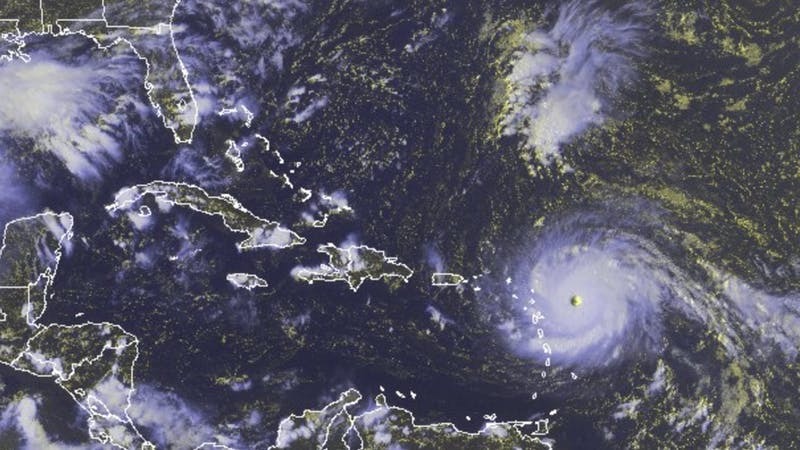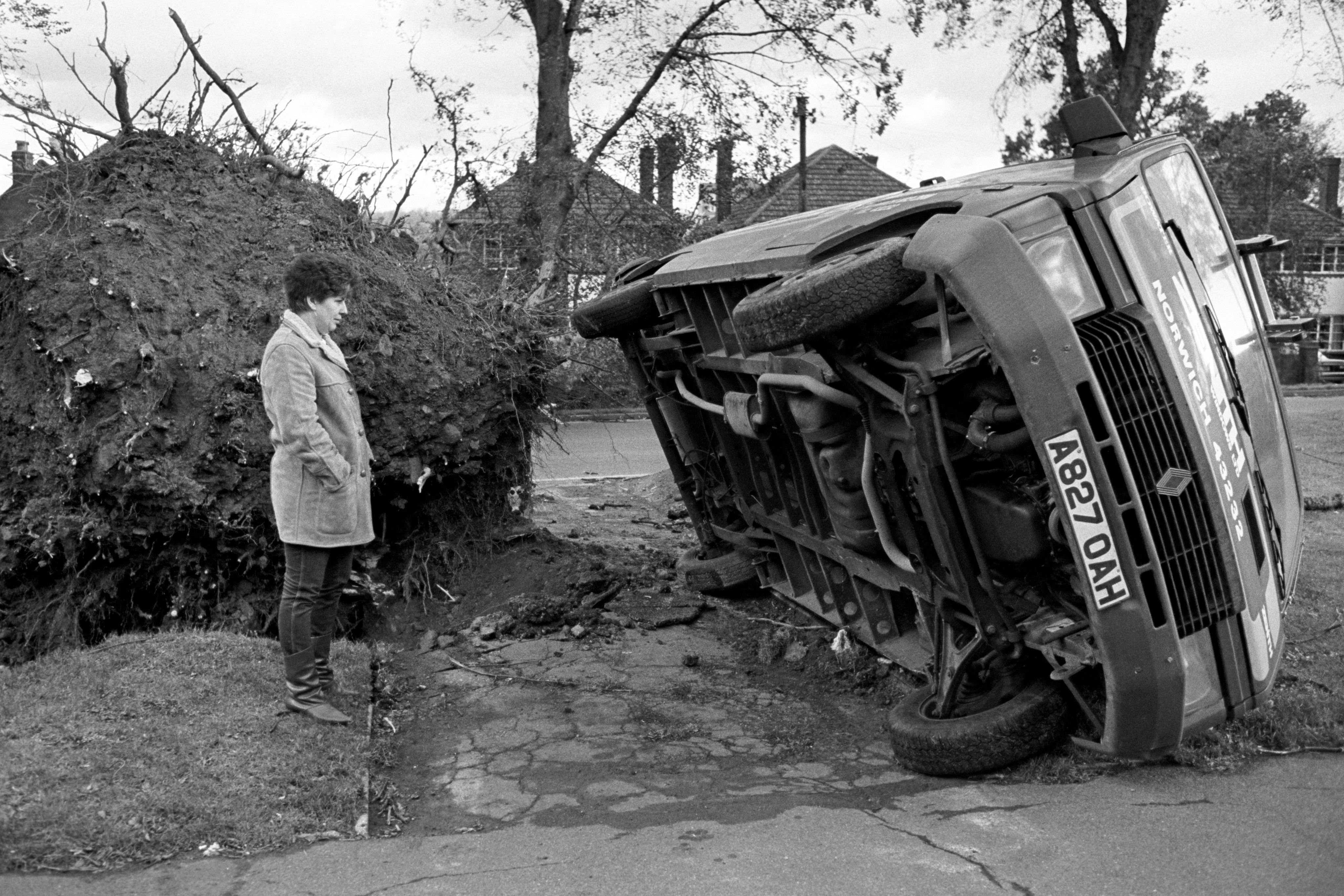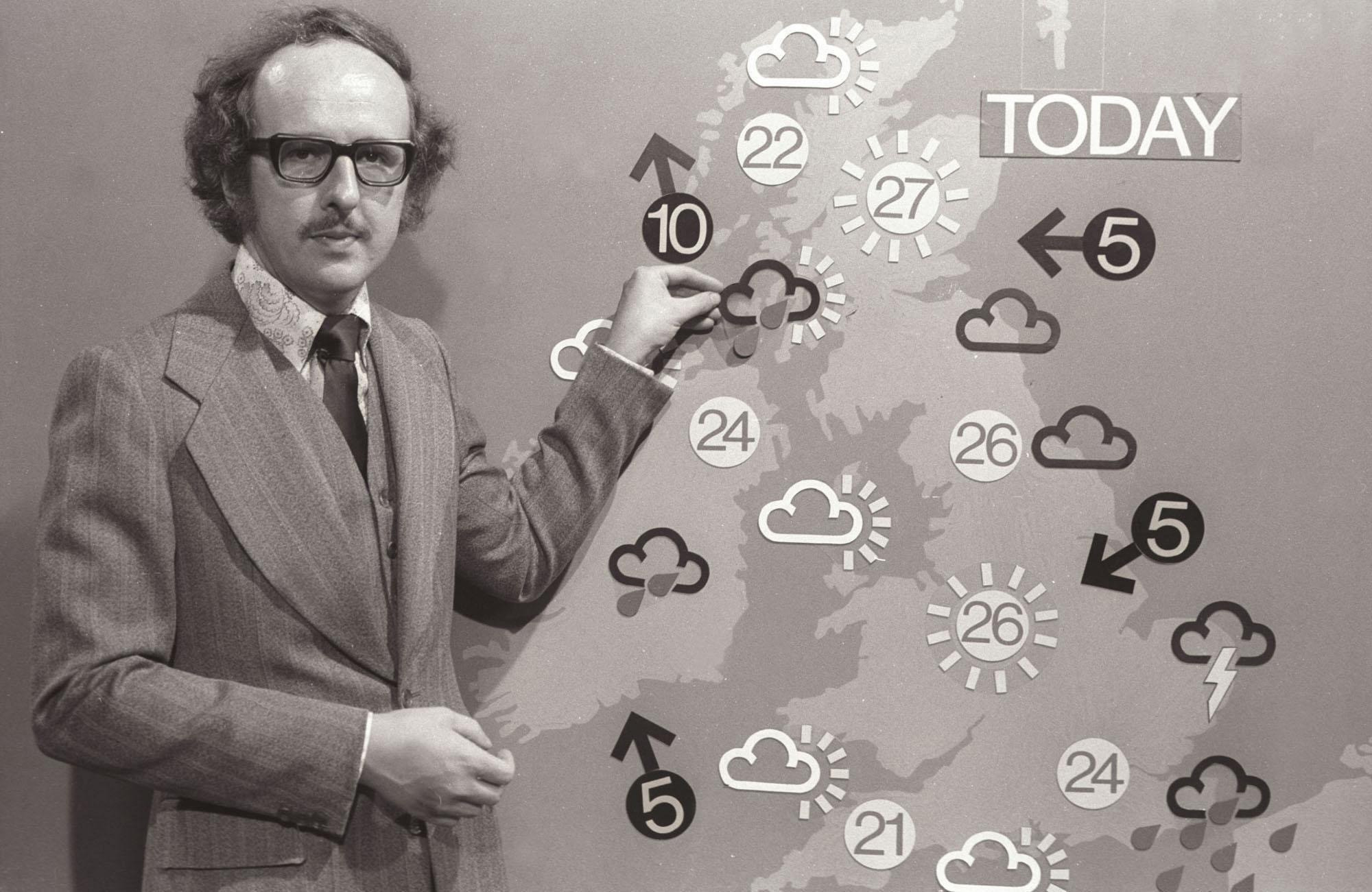
THROUGHOUT the summer months and into the autumn, news coverage across the world depicts scenes of devastation and destruction caused by strong tropical storms.
The latest occurrences of the weather phenomenon, known in some areas as hurricanes, and elsewhere as cyclones or typhoons, bring huge danger to life, property and the local environment.
What’s the difference between a hurricane and a typhoon?
Hurricanes and typhoons are the same phenomenon: tropical cyclones. If it occurs in the North Atlantic, central North Pacific, and eastern North Pacific, the term hurricane is used.
It’s called a typhoon if it occurs in the Northwest Pacific.
In the South Pacific and Indian Ocean, the generic term tropical cyclone is used, regardless of the strength of the wind associated with the weather system.
What qualifies as a tropical cyclone?
The eye of a category 5 hurricane. #Irma #GOES16 pic.twitter.com/eATVZspJZx
— NASA SPoRT (@NASA_SPoRT) September 5, 2017
According to the US National Ocean Service, a tropical cyclone is “a rotating low-pressure weather system that has organised thunderstorms but no fronts (a boundary separating two air masses of different densities).”
When a storm’s maximum sustained winds reach 74 mph it qualifies as a tropical cyclone, hurricane or typhoon.
The severity is measured on the Saffir-Simpson Hurricane Wind Scale which is a 1 to 5 rating, or category, based on the maximum sustained winds. The higher the category, the greater the potential for property damage.
The storm season is between June and the end of November.
Deadly effect
The deadliest natural disaster in the history of the USA was in 1900, when a large part of Galveston, Texas was reduced to rubble by a surprise hurricane.
At least 8,000 people were killed, and some estimates range as high as 12,000. More than 10,000 people were left homeless.
In the Pacific, one of the strongest tropical cyclones ever recorded, Typhoon Haiyan of 2013, killed 6,300 people in the Philippines alone.
High waters
An incredible Weather Channel report showed a 3D representation of what the flooding could look like in some areas of the US hit by Hurricane Florence.
Presenter Erika Navarro demonstrated the likely depth of the water and the effect it would have on the area.
Storm surge will be a huge factor for Hurricane #Florence Check out what it might look like with @TWCErikaNavarro: pic.twitter.com/TPqTZTmiAM
— The Weather Channel (@weatherchannel) September 13, 2018
Why they don’t hit the UK
Hurricanes don’t often hit the UK because they’re created over warm tropical oceans, which we do not have.
The storms form in the tropics, where there’s a stretch of low pressure either side of the equator, which helps to form storms as low pressure air and water vapour is heated, rises and becomes thundery showers.
When enough of these cluster together and the right conditions are met, a tropical storm becomes a hurricane.
We do, however, sometimes feel the aftermath.
Back in 2014, the UK experienced the remnants of Hurricane Gonzalo as it came in from the Atlantic after causing damage on the island of Bermuda.
The high winds caused a tree to fall in Knightsbridge, which killed one woman as she walked to work.
As for the great storm that hit Britain in 1987, the one BBC weatherman Michael Fish told viewers the night before that there wouldn’t be, that wasn’t strictly a hurricane.
The storm struck in October and killed 18 people and the Met Office said the weather, particularly in southern England, was so rare it would only be expected once every 200 years.
But although winds reached speeds far higher than minimum hurricane levels to 100mph, it didn’t come from the tropics, so didn’t gain hurricane status.

Enjoy the convenience of having The Sunday Post delivered as a digital ePaper straight to your smartphone, tablet or computer.
Subscribe for only £5.49 a month and enjoy all the benefits of the printed paper as a digital replica.
Subscribe
